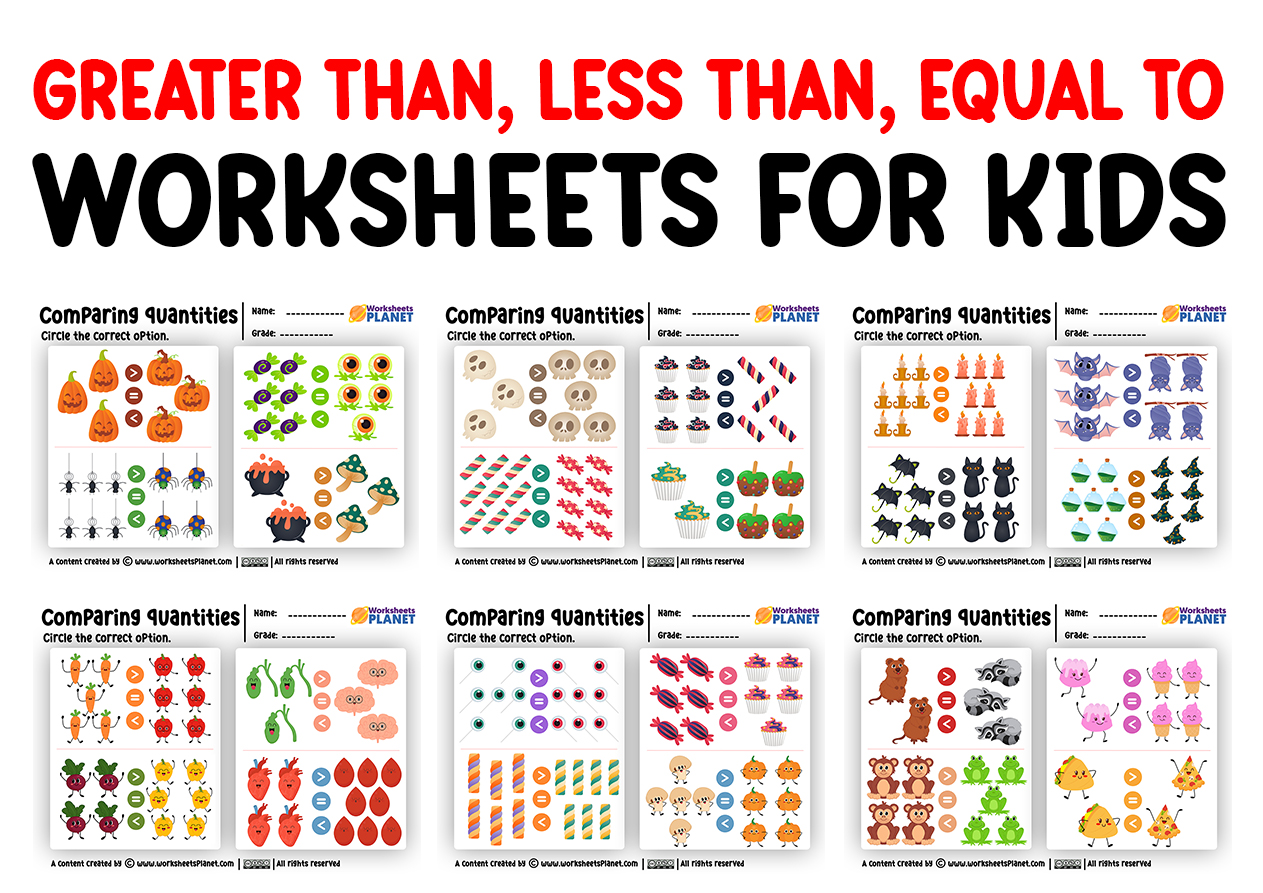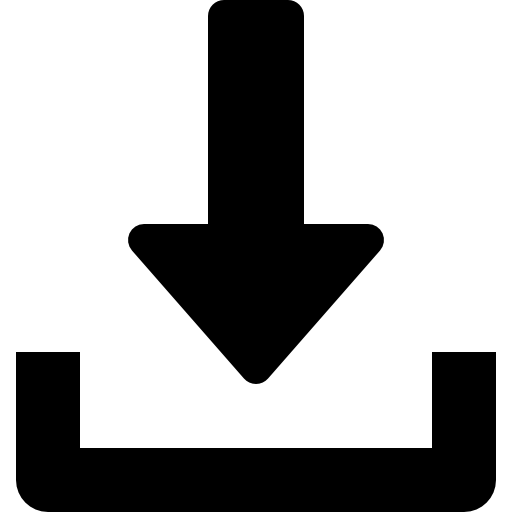One of the basic elements of mathematics is the value of quantities, whether one number is less than, greater than, or equal to another. For this reason, we bring you exercises like the following to work on the correct placement of the greater, less, or equal signs.

Symbolic representation of equal, greater, or less can be complicated for children. It is good to work with cards that include these symbols, so they can easily memorize them. Children understand what it means to order numbers with greater than, less than, or equal to is almost more important than that they know how to represent it correctly.
 Download the PDF file here
Download the PDF file here 
 Download “Comparing Quantities”
Download “Comparing Quantities”
Comparing quantities in the educational context
Humans developed numbers primarily to describe the size of a set of objects and the results of measurements. An important part of quantitative descriptions is the ability to compare quantities. This means determining if two quantities are equal or if one is greater than the other. The comparison between quantities is present before the children start school (“why did they give you more cookies than me?”). An important part of initial mathematics education is integrating the ability to count with the notion of comparison.
Comparison is a concept that comes before learning to count: it is possible to compare the size of two sets without knowing how to count; it is not even necessary to understand numbers. If we are presented with two sets, we can put objects from each set together until they are all in pairs. If there are pieces left over from any of the sets, it means that one of the groups had more objects. This is a concrete understanding of the concept.
When we compare two sets, the notion of “larger” and “smaller” leads us to see order among the numbers. What does “9 is greater than 6” mean? It means that if we had two sets, one with 9 objects and one with 6 objects, 9 would have more objects than the set of 6. By comparing numbers with “greater or less,” we understand the concept abstractly.
Finally, new mathematical concepts involve new mathematical notions. In the comparison, we use the signs “=”, “<“, “>”. Learning the concept and use of signs is not simple for young children and is a challenge.

